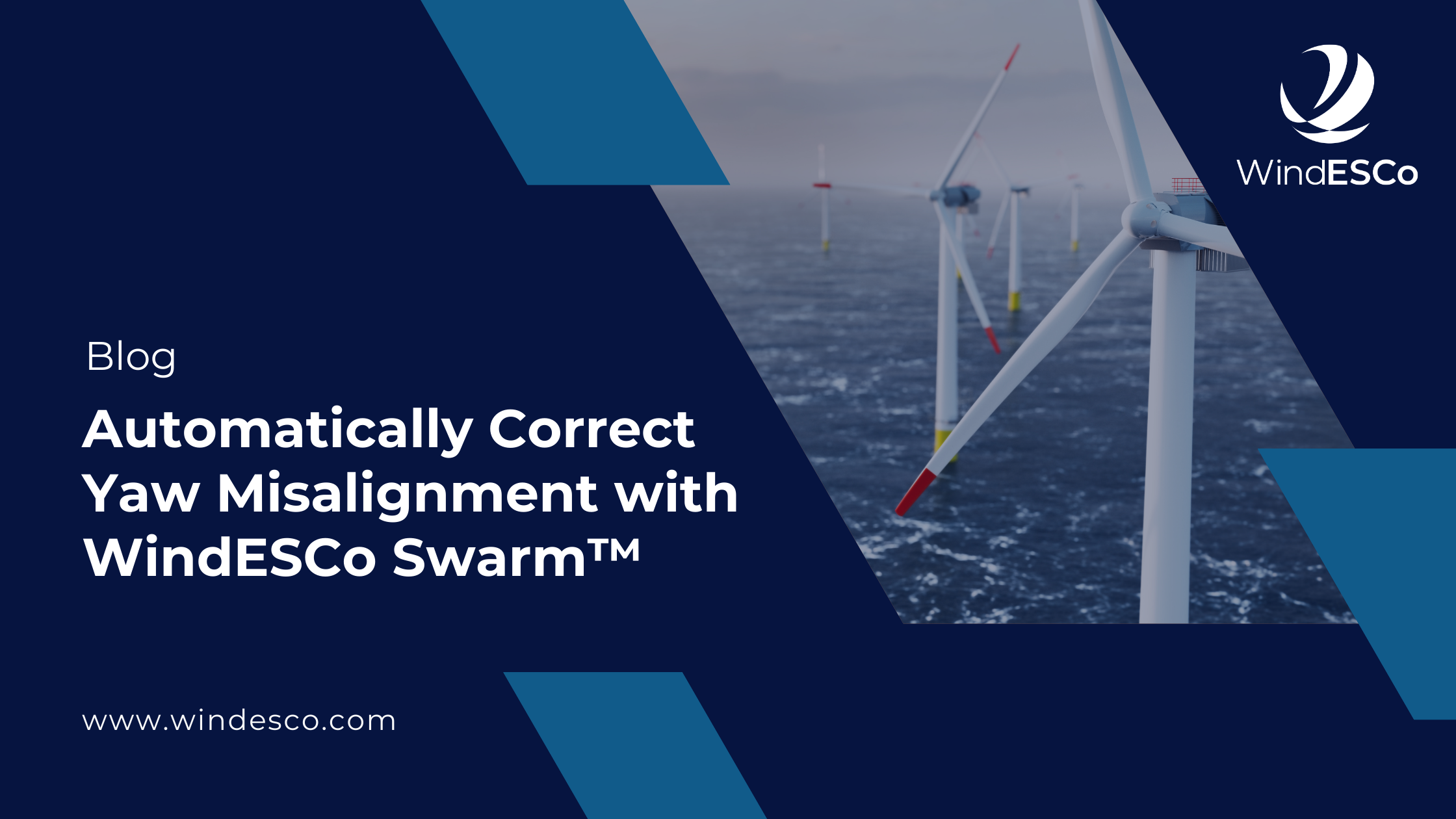AI Center Lightning Talk: AI-Driven Asset Health in Wind Energy
On September 25, 2024, WindESCo's Senior Technical Lead in EMEA, Zuri Zugasti, shared fascinating insights at the WindEnergy Hamburg conference,...

There’s not a week that goes by that we’re not reminded of the impact and consequences of climate change. However, as we’re dealing with day-to-day critical tasks like major component failure and other items impacting turbine availability, climate change is often viewed as something for another day whose impacts are hypothetical and to be discussed in high-level strategy sessions. But what if climate change is already affecting your production?
WindESCo has partnered with Deloitte, Spain to help IPPs understand how climate change is impacting their energy production. We've included a presentation prepared by Deloitte that makes a strong case for understanding how changes in climate (e.g., wind, temperature, humidity, rainfall, etc.) and an increase in extremes events (e.g., electrical storms, flooding, icing, wind ramps, etc.) impact both current and future production.
While you don’t need more to worry about, what happened in the Texas freeze and projected changes in the wind resource should be taken seriously as to their impacts both economically and operationally.
It’s now a reporting requirement at the board level to disclose any climate risks to the wind portfolio, define mitigation strategies against those risks, and to quantify their impacts on strategic decisions, business targets, and operative guidelines. Many IPPs are looking to the Task Force in Climate-related Financial Disclosures (TCDF) guidelines to support their reporting. This methodology was recently covered by Pattern Energy at the recent CLEANPOWER Conference in New Orleans and both Engie and DNV at the June 2023 WindEurope Technology Workshop in Lyon.
We created Swarm to improve production, increase lifetime, and build resilience into our Customer’s wind farms. Swarm is an a IIoT platform enabling collective control at scale through applications such as wake steering and predictive yaw to build resilience against changes in the wind resource and atmospheric conditions consistent with climate change.
As the frequency of extreme weather events increases, predictive yaw allows downstream turbines to learn, react, and take proactive measures against variabilities in the upstream turbine rows for either protection and/or production optimization.
On a separate note, wind turbine wakes currently reduce plant power output anywhere between 5% and 15% onshore and significantly higher offshore. Wake steering is the only mitigation strategy available to recover lost energy production due to existing wakes, which are likely to increase in severity as site conditions evolve with climate change.
Finally, continuous monitoring and optimization are required to properly build resilience into a wind plant, which is why Swarm uses a model-in-the-loop controller as opposed to a static look-up table approach. Swarm leverages real-time wind, atmospheric, and operational turbine data for its model-in-the-loop controller to determine how turbine yaw control needs to be adapted to ensure wind plant optimization at all times. As a result, Swarm has become a major mitigation strategy against various climate change risks.
If you’re interested in discussing climate change modeling with our consulting partners, or would like to learn more about using Swarm to protect your wind assets, contact us.
WindESCo's partner Deloitte Spain is working with IPPs to help them manage the risk climate change poses to their wind assets. Read their report.
The TCFD guidelines provide a framework for companies to assess and disclose the potential risks and opportunities associated with climate change on their business operations, strategies, and financial performance. The guidelines aim to enhance transparency and help investors, lenders, insurers, and other stakeholders make informed decisions by understanding the climate-related risks and opportunities faced by companies.

On September 25, 2024, WindESCo's Senior Technical Lead in EMEA, Zuri Zugasti, shared fascinating insights at the WindEnergy Hamburg conference,...

WindESCo now runs 64 individual checks on our Customer’s SCADA to uncover turbine performance anomalies across the entire wind turbine system,...

WindESCo has pioneered the detection of yaw misalignment from high-frequency (HF) SCADA data. However, in many cases implementing yaw misalignment...